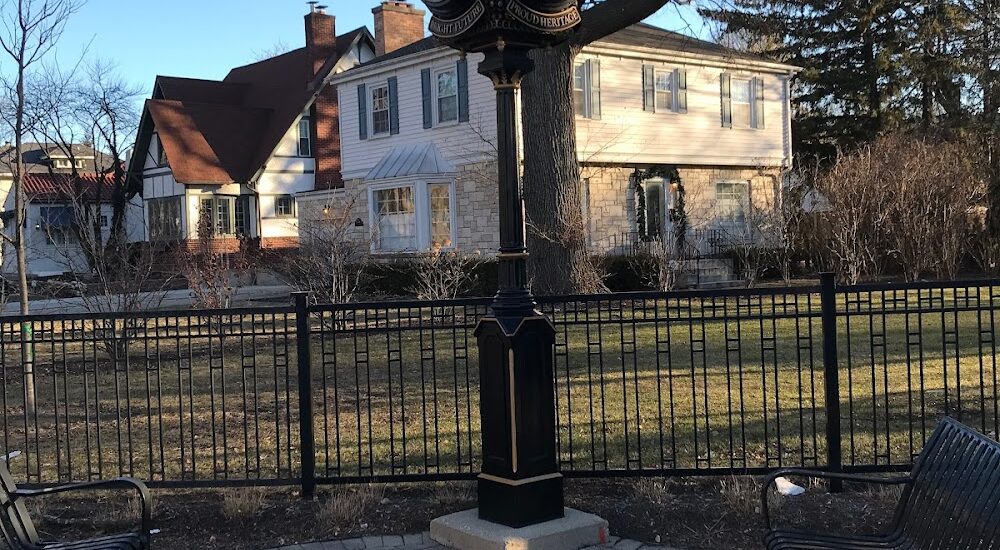Welcome to the River Forest Clock, a charming historical landmark situated in the suburban village of River Forest, Illinois. This village, adjacent to the bustling city of Chicago, is steeped in history and has played a significant role in the regional development of the area. River Forest, alongside its neighbor Oak Park, is known for its commitment to diversity and community values, as highlighted in the 1968 Open Housing Ordinance and the 1973 policy statement ‘Maintaining Diversity in Oak Park.’ Both communities have become models for managing change while maintaining stability in a metropolitan area.
The area that is now River Forest has a rich Native American history, with settlements like the Menominee and Chippewa once thriving along the Des Plaines River. This history is marked by significant events such as the displacement of these tribes by the Potawatomi in 1810, and later, the Treaty of Chicago in 1833, which forced the Potawatomi west of the Mississippi River.
The establishment of River Forest can be traced back to the early 19th century. In 1831, a steam sawmill was built on the east bank of the Des Plaines River, marking the beginning of industrial development. By the 1850s, families like the Thatchers and the Quicks were instrumental in the village’s development, with David Thatcher establishing what is now the western part of River Forest.
River Forest has been home to notable architectural works, including the Winslow House designed by Frank Lloyd Wright, which attracts architecture enthusiasts from around the world. The village’s educational institutions, such as Dominican University and Concordia University Chicago, have also played significant roles in shaping the community.
Over time, River Forest has evolved from a small settlement to a vibrant suburban village that retains its historical charm while embracing modern development. Its location along the Des Plaines River and proximity to Chicago have made it a desirable place for those seeking a blend of history, community, and accessibility.
As you explore River Forest, consider how this small village has played a part in the larger tapestry of Illinois’ history. From its early days as a Native American settlement to its current status as a thriving suburban community, River Forest is a testament to the enduring spirit of its inhabitants.






